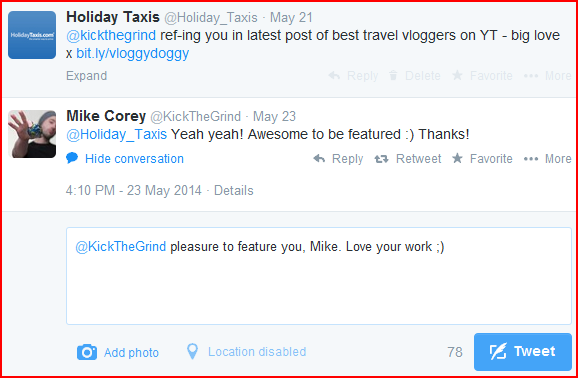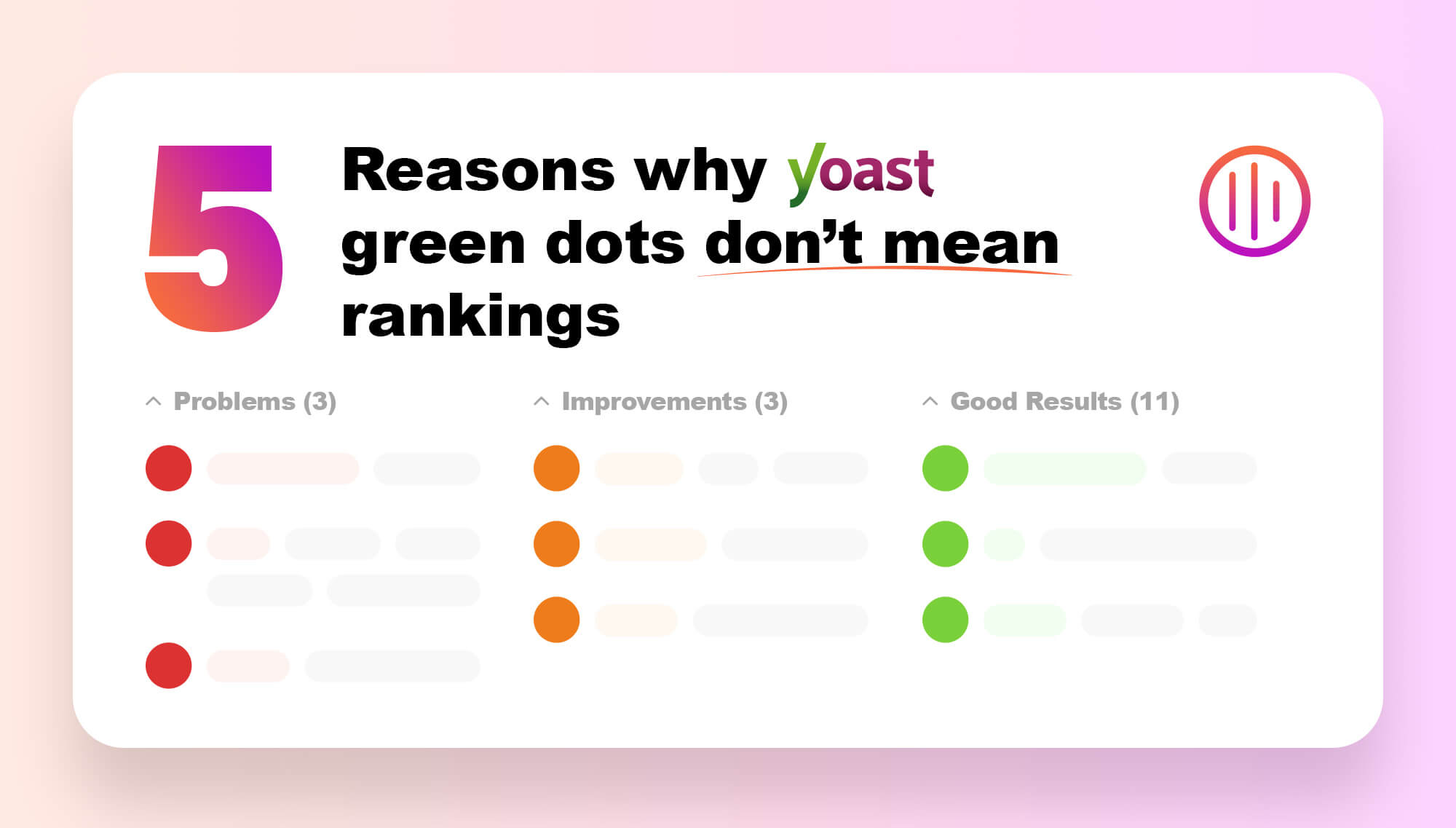Tactics for driving search engine rankings are becoming increasingly prone to losing favour with Google. Bog-standard SEOs across the world lament the demise of their once fail-safe methods for reaching the top of those all-important SERPs. Some claim foul play, berating Google for what they believe to be an assault on the entire SEO industry. However, there is method in Google’s supposed madness, and any digital marketer worth their salt knows that Google is on a mission, not to destroy SEO, but to create the ideal web experience for all users. This comes down to the creation of great content, with the best sites with the best content being the ones to reach the Holy Grail: the #1 spot in Google SERPs.
Networking: Much More Than Getting Drunk In a Suit
Creating great content is all very well, a part of your SEO campaign that should be left in the hands of only the most skilled and talented of content creators. But how, exactly, do you go about getting that content seen? And, vitally, how do we go about link building in a post-Penguin world? The answers lie very much in the same arena as how you would go about building exposure and business relationships in the real world: you go networking. You build up connections with influential brands and individuals.
Imagine you’re at a networking event. You wear a good quality suit, you come well-groomed, and ready to make a good impression. You may even mentally prepare the anecdotes and conversation you plan to have. You go there as the sort of representative that will leave others with an optimum impression of your brand. When networking, you should also have a hit list of the individuals you intend to make a beeline for. Those with whom you can make mutually beneficial connections. You know that in order to impress them, you’re going to have to make them like you. You may have to flatter them, laugh at their jokes, buy them a drink. And then, you’re going to seal the deal by offering them something they want. What you stand to gain from the connection comes later. You may not know precisely at this point exactly how this connection will benefit your brand, but you are convinced of their influence and how helpful they could be. In short, you have ascertained the usefulness of connecting and you act accordingly. Do exactly the same online.
Where To Start
The chances are that you are not immediately aware of the most influential people and brands to target. You’re going to have to do your research. Let’s say, for example, that your business is within the travel industry. This is an industry absolutely bursting with bloggers covering everything from backpacking to luxury and family travel. A simple Google search for ‘leading travel bloggers’, ‘award-winning travel bloggers’ or ‘best travel bloggers’, for example, will deliver you a list to start working with. Create a spreadsheet and enter these guys’ details. You’ll need their name, their url, their Twitter handle and details of their other social media profiles. You should also start reading their blog and keeping a record of any posts that you may wish to link to in the future. From this initial list, you have the seeds for growing your networking garden.
The Next Step: Get Tweeting
For the next stage of your influencer outreach campaign, you’re going to need Twitter. If your brand doesn’t already have a successful Twitter presence, that is shocking. Build one immediately. You should already be blogging on a weekly or biweekly basis from your website’s on site blog. Again, if you’re not, start doing so now. Use a social scheduling platform such as HootSuite, Buffer or SproutSocial to prepare all your social media posts in advance. Create and share content that is funny, awe-inspiring and informative. Posts that are genuinely useful or that elicit a positive emotional response generate the best engagement levels.
Engage, Engage and Engage Some More
Putting out good content is the best way to start building a following on social media. Whilst Facebook relies a lot more on ads to generate following and engagement* these days, Twitter, for the meantime at least, still leaves your engagement rate in your own hands. By this, we mean that you must do all your engagement building yourself, which brings us neatly back to your outreach. Once you have some good content going out on Twitter, you’re going to need to start chatting to people. Start following those main level bloggers we identified earlier. Then take a trip to the wonderful world of FollowerWonk, input the Twitter handles of these influencers and click to see the social influence scores of their followers and those they follow. Grab the highest ranking, add them to your spreadsheet and continue the process. When you have about a hundred influencers on your spreadsheet, perform some further investigation just to make sure they are currently using their Twitter and blog on a regular basis. If not, axe them from the list. Check that their specialism or industry is relevant and/or useful to you, and if not, axe them. Axe them if they spam, too.
Show Your Love
Now you have the optimum list to work from. Follow these users, carry on keeping a record of their blog posts and other web content (e.g. videos, infographics, Pinterest pins etc), and where appropriate, chat to them on Twitter. Don’t push anything right now. Just chat. Make friends. Go easy on them. In the meantime, start generating content that is designed to be able to incorporate links to theirs. Only drop in one or two links per blog post. Any more is surplus and will do more harm than good. Put your content out, share it everywhere on the web: across all your social media platforms, lots of G+ communities, content curation sites, etc. Then, let your influencer know they’ve been linked to. Do this by tweeting the content @ them, in a private message, or by bigging them up in a tweet with a link to the content. For example:
Once your influencers get to know you, and are appreciative of the linking you’ve done for them, you’ll find you start building up a natural rapport. Then you can start suggesting things such as guest posting or collaborative blog or PR efforts. Offering them the opportunity to post on your blog benefits both of you. They get to keep building their own brand presence, and you get to piggyback on their success to build the success of your own blog. Keep stroking their ego.
Success By Proxy
Collaboration for blogging and PR is a great way to relate with other brands. Ascertain which brands your brand’s target demographic is interested in, then build relationships in the same way as with bloggers. Collaborative efforts put you in the eyeline of your key demographic, associate you with already-successful brands, and offer excellent link-building opportunities. The more SEO-successful the brand you associate with, in terms of link building and social engagement, the more their Google stardust will rub off on you by proxy.
At the end of the day, all Google wants is to build an internet that is full of naturally excellent content, with the most exposure and highest SERPs awarded to those who deliver the best web experience for users. Just like real life, those who make the best impression on those around them are the most successful, and those who associate with them can, by proxy, catch some crumbs from the table. Having friends in high places is as, if not more, important to your brand’s success online as it is in the real world. Heed these words: go create, associate, and join the great Google popularity race…
* This doesn’t mean you should neglect Facebook. This platform, as well as Google Plus, are both absolutely crucial to your SEO efforts. Social signals are more important for SEO than ever. Facebook is now directly associated with Bing, whilst Google Plus engagement is integrally linked with SERPs performance.






